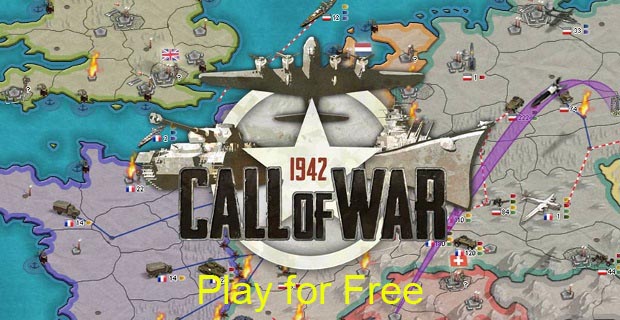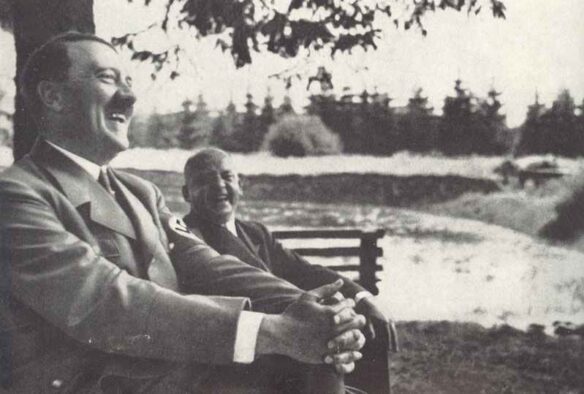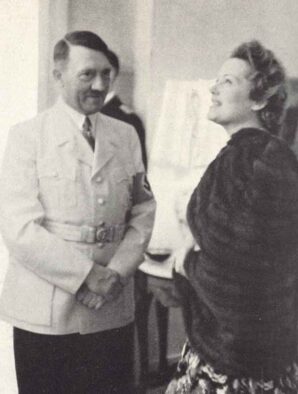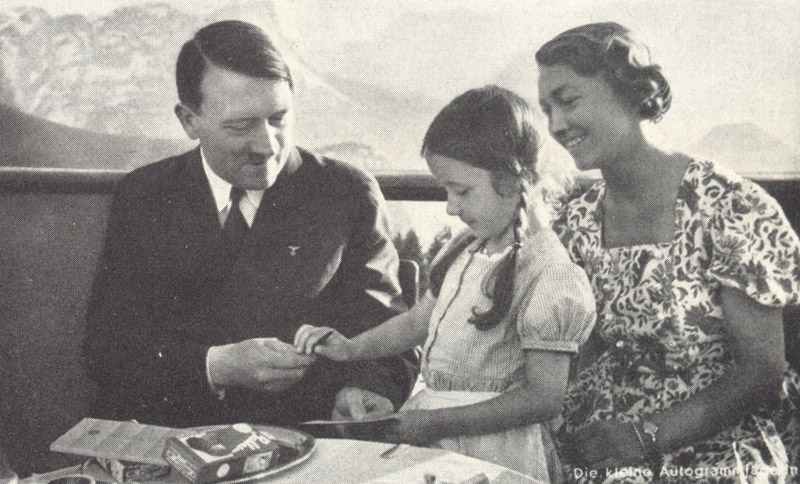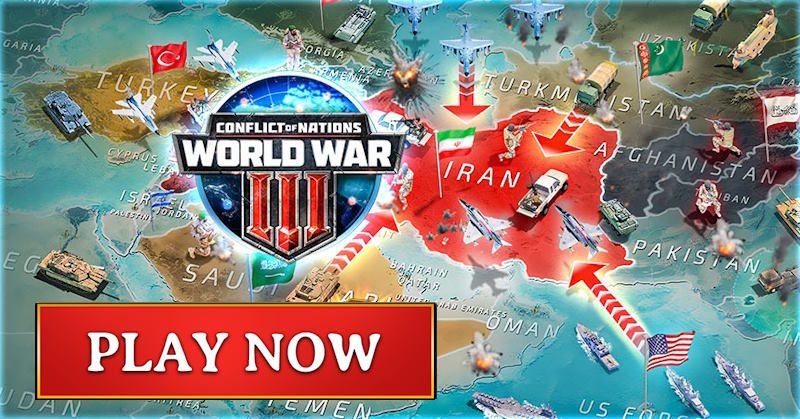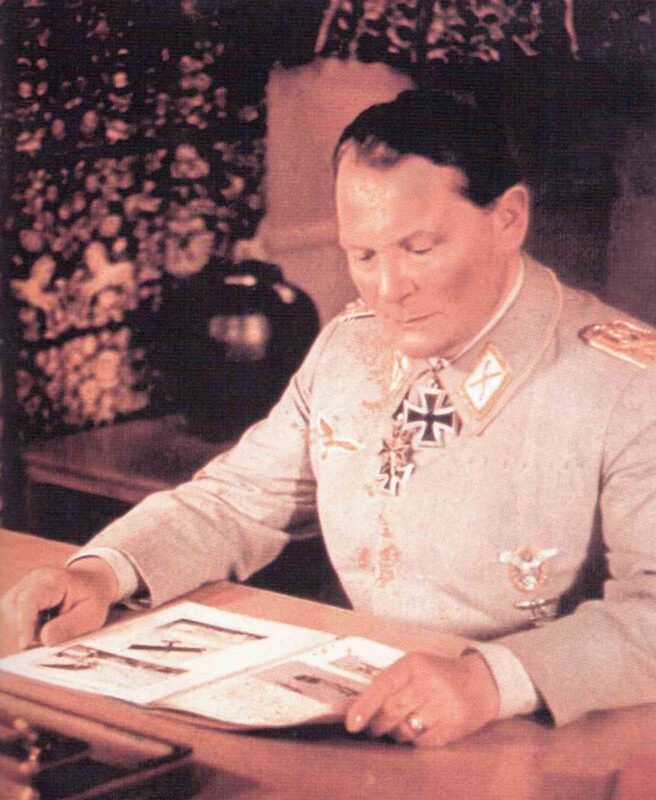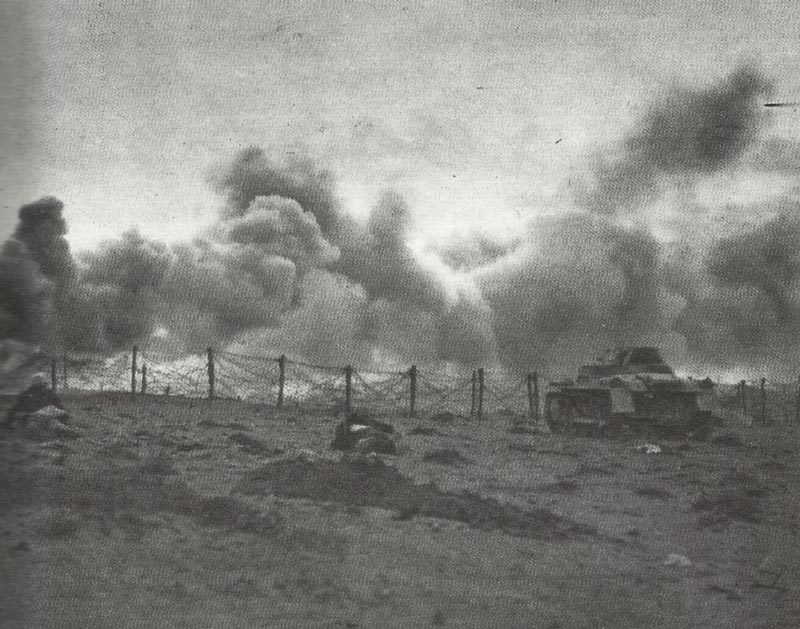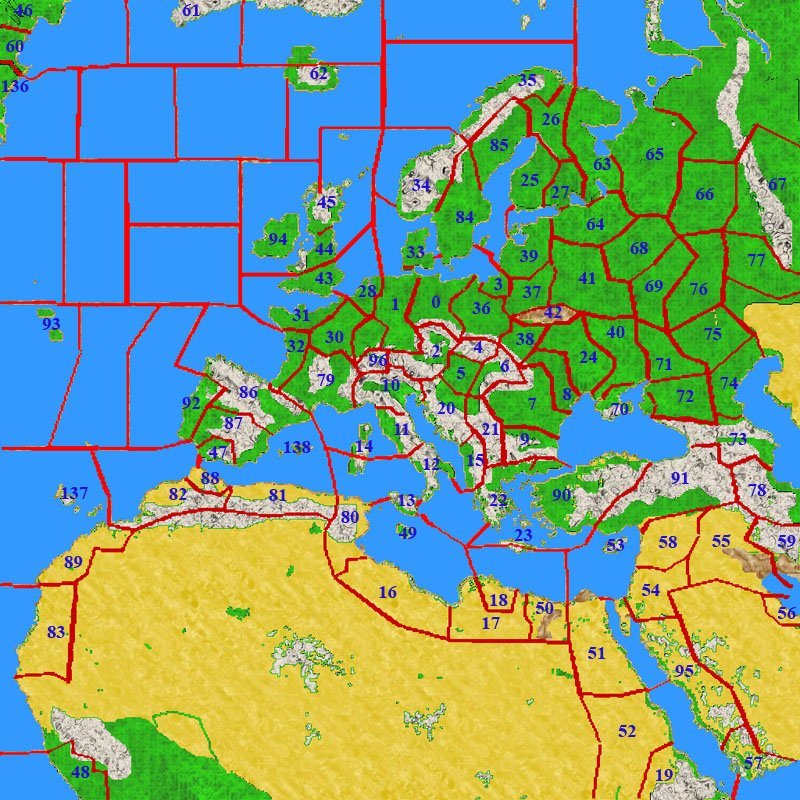The Five Faces of Adolf Hitler.
An attempt to describe the character of the German leader or ‘Fuehrer’ of the Third Reich and supreme commander during WW2.
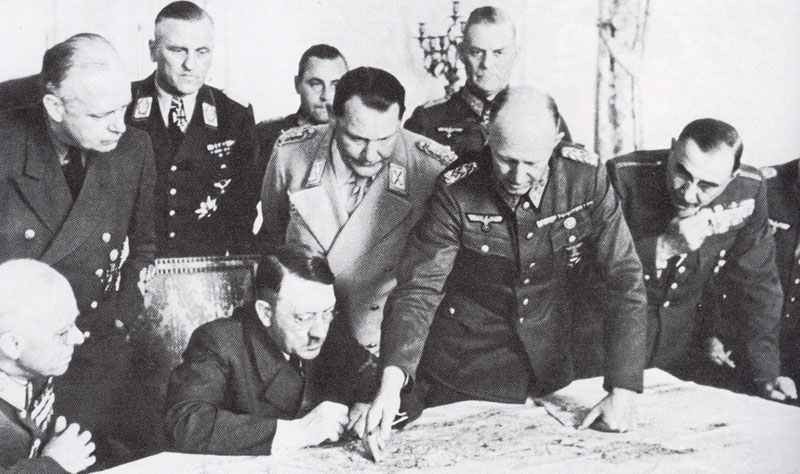
Just as the fact that he needed reading glasses, just the same Hitler held his true goals hidden, too: ‘I’m here also very hard: if the German people are not ready to fight for their self-assertion, well, then they have to disappear.’
The character of Adolf Hitler
Table of Contents
Adolf Hitler, the leader of the National Socialist German Workers’ Party (Nazi Party) and Chancellor of Germany from 1933 to 1945, exhibited a complex and deeply troubling character marked by numerous controversial and destructive traits.
Overview
Ideological Conviction: Hitler held extreme ideological beliefs, especially regarding race and anti-Semitism. He believed in the superiority of the “Aryan” race and promoted ideas of racial purity, which led to the genocide of six million Jews and millions of others during the Holocaust.
Charisma and Oratory Skills: Hitler was a powerful and charismatic orator, capable of captivating and manipulating large audiences. His speeches were instrumental in garnering support for the Nazi Party and spreading his ideologies.
Totalitarian Ambitions: Hitler aimed to establish a totalitarian state with absolute power concentrated in his hands. He dismantled democratic institutions, suppressed political opposition, and used propaganda and violence to maintain control.
Strategic Thinker: Despite his ultimate failures, Hitler demonstrated strategic thinking and political cunning in his rise to power. He adeptly navigated the political landscape of the Weimar Republic and exploited economic and social unrest to gain support.
Paranoia and Distrust: Hitler was deeply paranoid and distrustful, especially as the war progressed. This led to purges within his ranks, including the infamous Night of the Long Knives, where he eliminated potential threats within his own party.
Ruthlessness and Cruelty: Hitler’s policies and actions were marked by extreme ruthlessness and cruelty. His leadership led to widespread atrocities, including the establishment of concentration camps, mass executions, and the implementation of the Final Solution.
Personal Traits: On a personal level, Hitler exhibited traits of narcissism, believing himself to be a visionary destined to lead Germany. He also displayed a single-minded obsession with his goals, often ignoring practical realities and advice from his generals and advisers.
Failures and Delusions: As the war turned against Germany, Hitler’s decision-making became increasingly erratic. He clung to unrealistic expectations of victory, refusing to accept defeat and making disastrous military decisions that hastened the downfall of the Third Reich.
Hitler’s character, a blend of ideological fanaticism, charismatic leadership, strategic acumen, and ruthless ambition, was central to the horrors of World War II and the Holocaust. His legacy is a stark reminder of the destructive potential of unchecked power and extremist ideologies.
Hitler and his five faces
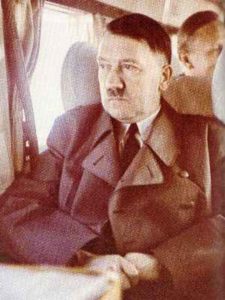
‘Did I know this man really, with whom I lived over years an existence of such self-denial and full of privations ?
Did he be not played with my idealism and used it only for purposes which he hides in his deepest heart ?
Who wants to praise himself, that he knows another man, if he has not opened his most secret fold in his heart ?
So, I didn’t know not even until today, what he was thinking, knowing or what he wanted to do – I only knew what I have thought about it and suspected.’
Once Hitler himself has revealed his subtlety. On 23 May 1939, Admiral Raeder was asking him what his intentions are. He replied that he had three types of confidentiality: ‘The first one is, when we are both speaking private, and the second one, which I keep to myself, and the third one, which are problems for the future, which I do not think about to their final end.’
This one of the few keywords spoken direct by Hitler, is the one that allows to come closer to the substance of his being. It comes down to it, that there were more than one Hitler:
- The one, the public knows,
- the one who was a ‘comrade’ in the diners circles, but who didn’t speak about much of the things on his mind.
- The one who discussed problems be up for decisions with his staff members, which were bound to silence,
- the one, who solitary walks ‘for miles’ in his room and tossed back and forth the next decision in his head without any advice,
- and finally the one, who is described by Alfred Jodl as the one, who his ‘sending his restless spirit like a searchlight in the dark of the future, where he could see something tangible or threatening before anybody else could see it’. This uncanny Hitler of the last discretion, who was able to suspect the concerns of the future, but not thinking about them to the final end, particular when his restless spirit saw clearly more and more the abyss into his hubris will plunge him one day.
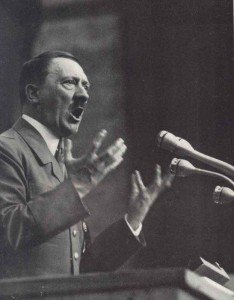
Against this ‘last’ of the Hitler’s, the Hitler before the last braced himself with all his violence, the one who was walking up and down in his room and who did not want to see the inevitable fate, who was fighting against it with all his rigidity and willpower, whose motto was ‘fanatic’ because he still believed to the ideal image, that history will be decided by the strength of the character.
This penultimate Hitler had always to command the ‘final’ Hitler to be silence and to suggest the always smaller belief for the final victory.
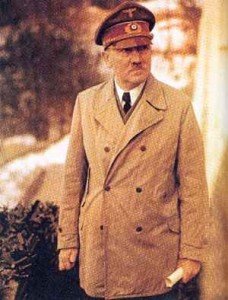
That he was able to this until the last day, this is a horrible and today an incomprehensible process, in the light of his decline a hardly credible process. But this it was: this ‘penultimate’ Hitler gave the power to this Hitler, who was discussing with his generals, or especially when he was speaking to the public. For that very reason, Hitler was able to become the ominous figure in German history, because he was so complex and profound.
Anyone familiar with Hitler, concerning with his words and his deeds, will always keep in mind that even Alfred Jodl, who lived and worked for years daily together with Hitler and who was one of the few with the opportunities to really discuss with him, had to explain, that this man remained for him a closed book.
Even a Hitler would never have been able to wreak so much havoc, if he didn’t have some unusual abilities at least.
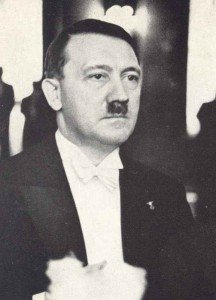
Beside the cold and cruel Hitler, whose favorite word was ‘brutal’, there was also the charming and amiable Hitler, the ‘Chief’ who carefully considered the welfare of the surrounding people. From a loner and nerd, who could only speak in front of a mass, he became more and more a man who could not live without companionship. Especially towards women, he was always very polite and courteous.
About these and other things, the following pictures:
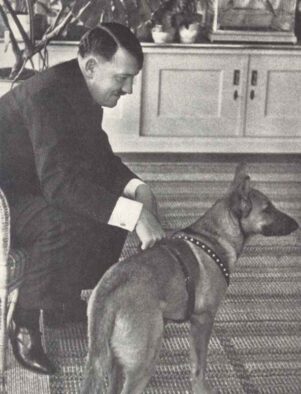
How was Adolf Hitler’s character shaped?
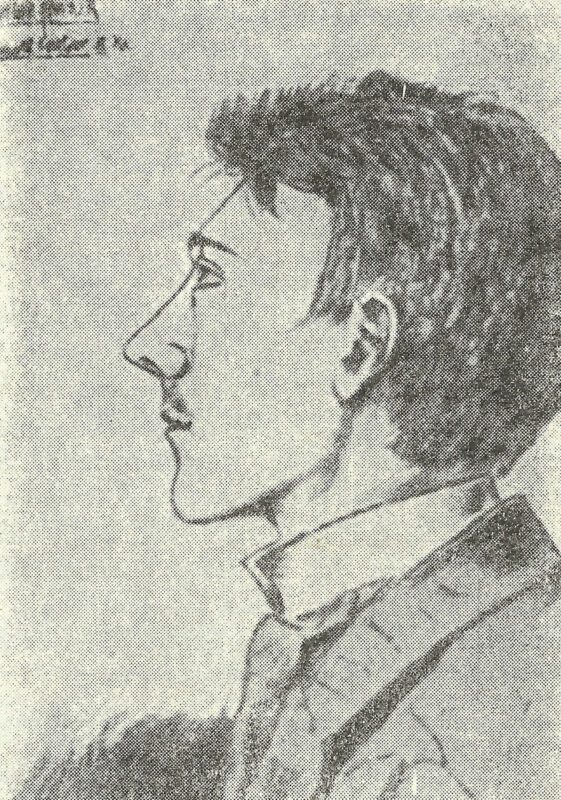
Adolf Hitler’s character was shaped by a mix of personal experiences, historical context, and psychological tendencies. Historians generally view him not as a “mystery figure,” but as someone whose personality and worldview were deeply influenced by his upbringing, early failures, and the turbulent times he lived through.
Early Life and Family Background
– Authoritarian father: Alois Hitler was strict, often harsh, and demanded obedience. This may have contributed to Hitler’s lifelong resentment of authority figures while also instilling in him authoritarian tendencies.
– Close bond with his mother: Klara Hitler was affectionate and protective. Hitler adored her, and her death when he was 18 devastated him.
Sense of Failure and Resentment
– Struggles as a young man: He failed to gain admission to the Vienna Academy of Fine Arts and lived in poverty for years. These experiences fostered bitterness, humiliation, and a sense of being misunderstood.
– Exposure to antisemitism in Vienna: Though antisemitism was widespread in the Austro-Hungarian Empire, Hitler absorbed and later radicalized these ideas while living in Vienna.
World War I Experience
– Service as a soldier: He fought as a frontline messenger, was wounded, and decorated for bravery. The camaraderie and sense of purpose in the army became a formative experience.
– Defeat of Germany in 1918: Like many veterans, Hitler felt betrayed by Germany’s surrender (the so-called “stab-in-the-back” myth). This intensified his nationalism and hatred of perceived enemies (Jews, Marxists, and others).
Post-War Turmoil
– Political chaos in Germany: The collapse of the monarchy, economic hardship, and political instability after WWI created fertile ground for radical ideologies.
– Hitler’s oratory skills: He discovered his ability to captivate crowds, which boosted his confidence and sense of destiny.
Psychological Traits
– Extreme nationalism: He saw himself as Germany’s savior.
– Rigid, dogmatic thinking: Once he formed an idea (e.g., racial hierarchy, Lebensraum), he rarely changed it.
– Paranoia and scapegoating: He consistently blamed others (Jews, communists, foreign powers) for personal and national problems.
– Charismatic manipulation: He had an unusual ability to channel his emotions into speeches that resonated with mass frustration.
Ideological Influences
– Social Darwinism and racial theories: He adopted distorted ideas about “survival of the fittest” and applied them to nations and races.
– Pan-German nationalism: He believed all ethnic Germans should be united under one state.
– Anti-Semitism: Central to his worldview, it became the lens through which he explained Germany’s defeats and struggles.
Hitler’s character was shaped by a harsh childhood, personal failures, wartime experiences, and the political and social upheaval of early 20th-century Europe. Combined with his personal traits—resentment, ambition, and manipulative charisma—these influences forged the destructive ideology he later imposed on Germany and the world.
 see also: Hitler biography and course of life
see also: Hitler biography and course of life
see also: Pictures about Hitler
References and literature
Illustrierte Geschichte des Dritte Reiches (Kurt Zentner)
Hitlers Tischgespräche im Führerhauptquartier (Henry Picker)


